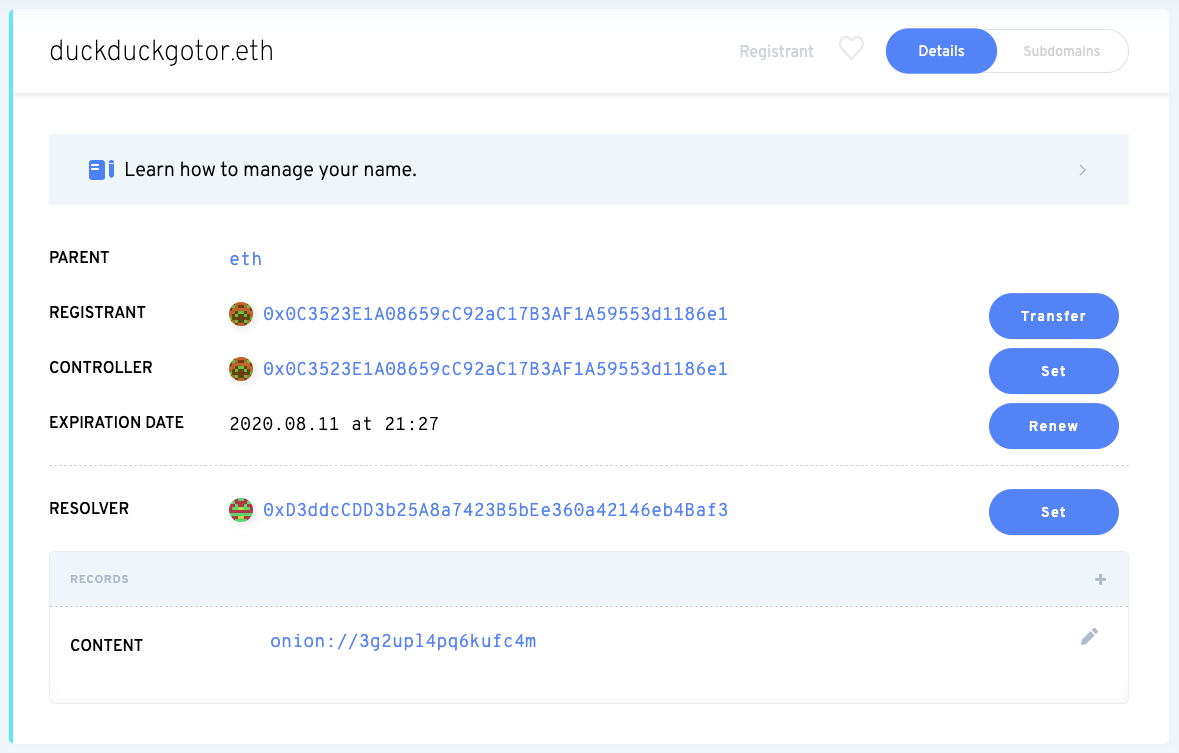

Source: Mason 2018.Ī Virtual Private Network ( VPN) routes all your Internet traffic through a VPN server that hides your IP address. Isn't Tor doing the same thing as a VPN or proxy?Ĭomparing VPN and Tor.

These obfuscate the packets so that they don't resemble Tor traffic. To partly overcome this, we can use Pluggable Transports. They inspect packets to figure out if Tor is being used. So your ISP can't easily block all bridges. Tor Bridges provide a solution to this problem.Ī bridge is also a Tor node but it's not listed on the main Tor directory. This is because the IP addresses of Tor's nodes are publicly available. However, ISP will know that you're using Tor. Thanks to onion routing, your ISP can't know which site you're visiting or read your traffic. Can my ISP know that I'm using Tor and penalize me for it?īecause Tor has been used for illegal activities, some ISP might throttle or block Tor traffic.Today's Tor network uses symmetric keys for encryption and asymmetric public/private keys for authenticating Tor nodes. Encryption was done with public keys and decryption with private keys. In the original onion routing, public-key cryptography was used. Unlike traditional IP routing, Tor routing requires the sender to know in advance the route to destination, and keys of routers along the way. The focus is to hide IP addresses of source/destination and routers along the route rather than the message content itself. In summary, each node along the route has only partial information. However, A can't know who's C or the destination. This will reveal to A that the next hop is B.

When A receives the message, it decrypts it with its key. Tor client first encrypts the message with C's key, then B's key, and finally A's key. Let's say, the message goes through nodes A (Guard), B (Relay) and C (Exit). Just as an onion has multiple layers, Tor traffic is encrypted repeatedly and then routed through multiple nodes. Circuit: The path defined from source to destination via the three Tor nodes.Traffic exits this node without Tor encryption.

It can read the original message but doesn't know who sent it.


 0 kommentar(er)
0 kommentar(er)
